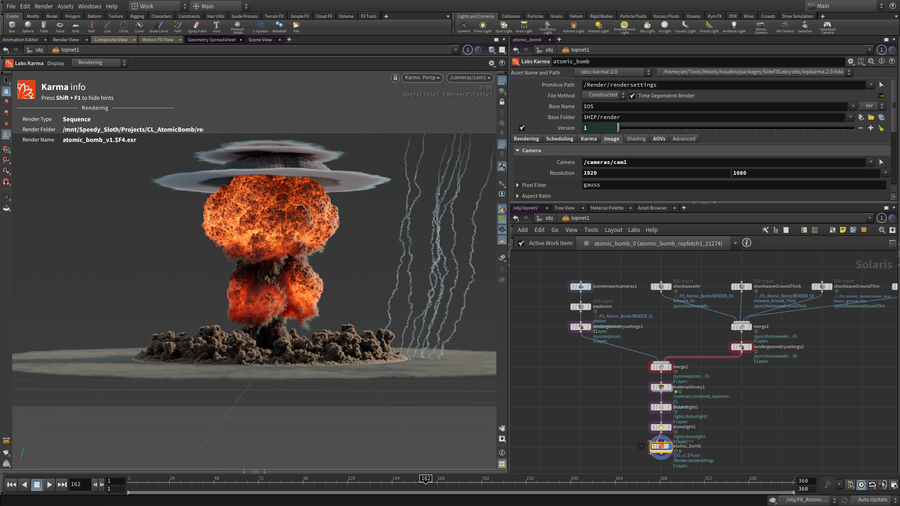

The land that he carved up into subdivisions with names like “Bungalow Land” and “Wonderland Park” was presented as the ideal location to build vacation homes. With these two rather unusual structures anchoring an otherwise undeveloped canyon, and the Lookout Inn sitting atop uninhabited Lookout Mountain, Mann set about marketing the canyon as a vacation and leisure destination.

The Tavern itself, as Gail Zappa would later describe it, was “huge and vault-like and cavernous. This claim is frequently denounced as an urban legend, but given that both properties are known to possess unusual, uhmm, geological features, it’s not hard to believe that the tunnel system on one property was connected at one time to the tunnel system on the other. As Michael Walker notes in Laurel Canyon, “Running up the hillside, behind the house, was a collection of man-made caves built out of stucco, with electric wiring and light bulbs inside.” According to various accounts, one secret tunnel running under what is now Laurel Canyon Boulevard connected the Log Cabin (or its guesthouse) to the Houdini estate. Similarly, the grounds of the estate were (and still are) laced with trails leading to grottoes, elaborate stone structures, and hidden caves and tunnels.Īcross Laurel Canyon Boulevard, the grounds of the Laurel Tavern/Log Cabin were also laced with odd caves and tunnels. The home featured rather creepy towers and parapets, and the foundation is said to have been riddled with secret passageways, tunnels, and hidden chambers. Shortly after the Log Cabin was built, a department store mogul (or a wealthy furniture manufacturer there is more than one version of the story, or perhaps the man owned more than one business) built an imposing, castle-like mansion across the road, at the corner of Laurel Canyon Boulevard and what would become Willow Glen Road. The Laurel Tavern, of course, would later be acquired by Tom Mix, after which it would be affectionately known as the Log Cabin. Dubbed the Laurel Tavern, the structure boasted a 2,000+ square-foot formal dining room, guest rooms, and a bowling alley on the basement level. Around that same time, he built a massive tavern/roadhouse on that very same corner.

In 1913, Mann began operating what was billed as the nation’s first trackless trolley, to ferry tourists and prospective buyers from Sunset Boulevard up to what would become the corner of Laurel Canyon Boulevard and Lookout Mountain Avenue. But the inn, alas, would only stand for a decade in 1923, it burned down, as tends to happen rather frequently in Laurel Canyon. The Lookout Inn featured a large ballroom, riding stables, tennis courts and a golf course, among other amenities. A narrow road leading up to the crest of Lookout Mountain was carved out, and upon that crest was constructed a lavish 70-room inn with sweeping views of the city below and the Pacific Ocean beyond. That all began to change when Charles Spencer Mann and his partners began buying up land along what would become Laurel Canyon Boulevard, as well as up Lookout Mountain. Until around 1913, Laurel Canyon remained an undeveloped (and unincorporated) slice of LA – a pristine wilderness area rich in native flora and fauna.


 0 kommentar(er)
0 kommentar(er)
